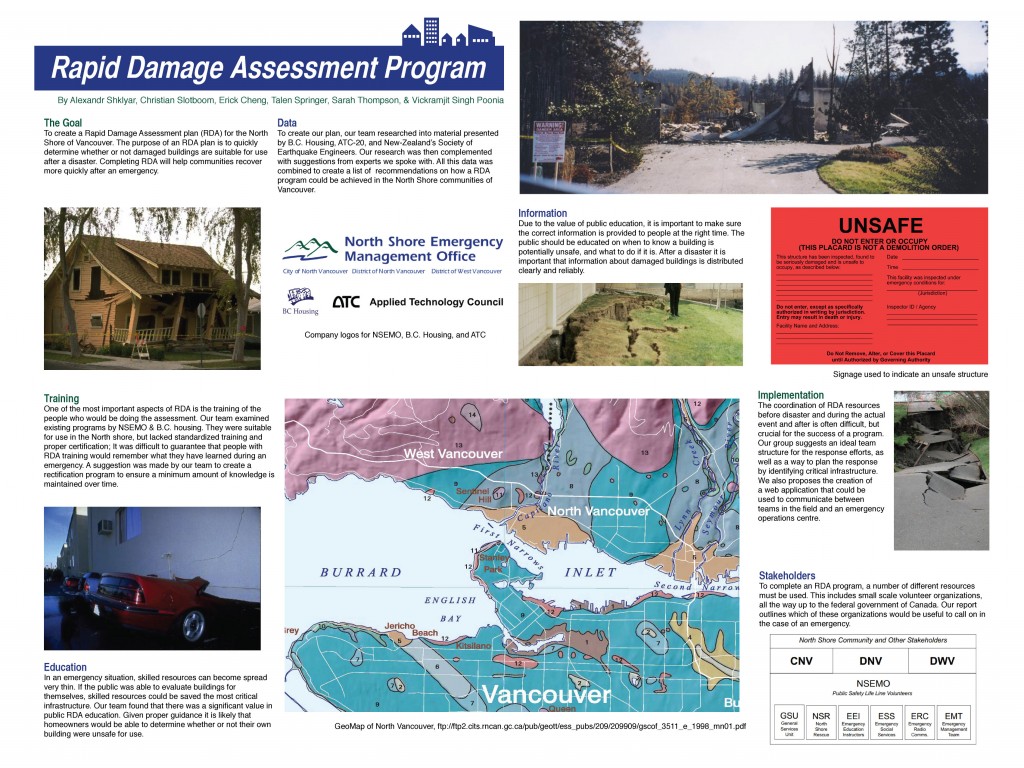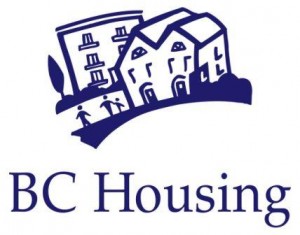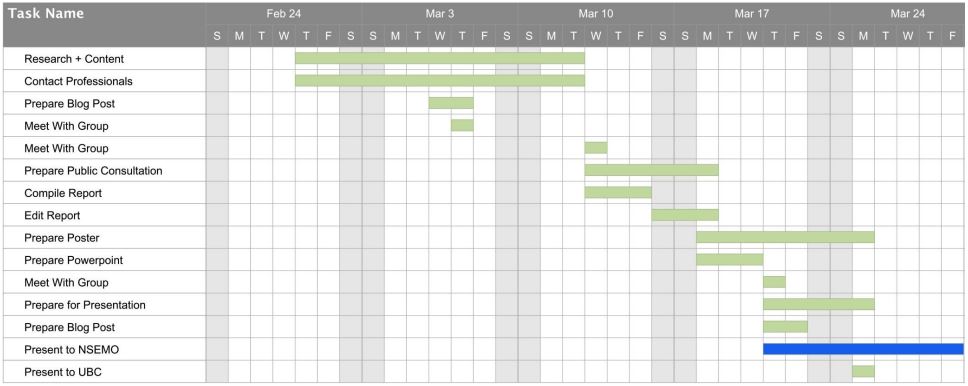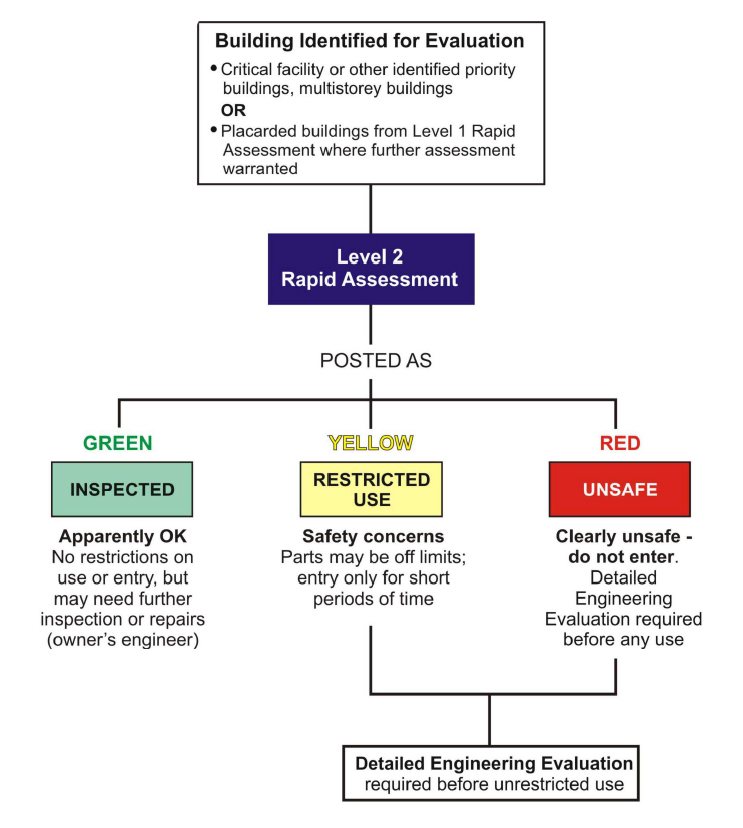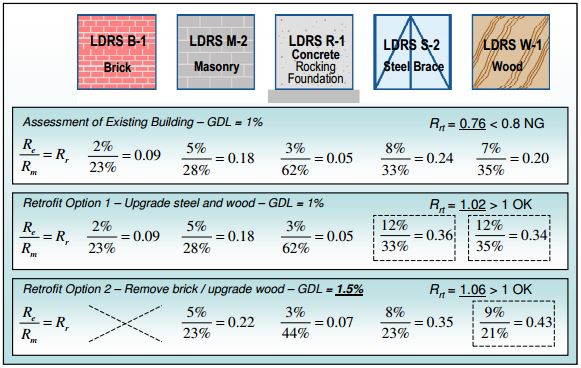Projection Completion: Reflection
The postincludes a summary ofthe project achievements.
Beginning the project, we were confused as to what we were meant to do. After meeting our client and numerous group meetings, the scope of our project was much more clear and we began work.
Although this was a daunting and time-extensive project, we were proud that we were able to make a real difference in the community.
Our project is meant to give a basis for research and aid further future research done by NSEMO in the development of their rapid damage assessment plan (RDA). We looked into RDA plans and associations already in place in other regions, and rather than starting from ground zero, indentified sections from these materials that may relate and be of value to NSEMO.
Furthermore, we looked for ways in which resources, both skilled professionals and perishables may be used more effectively during emergencies. We researched and analyized the implications of public education regarding RDA, and possible simplifications in the program.
We looked into public communication during these emergencies, and issues that may arise during the actual event itself. We looked at legal liabilities and issues regarding volunteering and contractual engineering work during these emergencies. We looked at the development and need of RDA courses, both for instructors and for those who would be performing the evaluation.
During the project, we learned a lot about planning and implementation in the engineering world. We met and communicated with many professionals, engineers or others, and learned about the complexities and timeline of implementing projects in the real world. We learned about the numerous unexpected and unintended delays that can occur during projects, and the steps taken to eliminate or prevent as many of these from occurring. A big aspect of our project was the affect that it would have towards residents and stake holders such as businesses and government entities in the North Shore – we learned to consider the “big picture” when progressing in our work.
We prepared a confidential report and presentation, and delivered the report as well as presented to NSEMO at North Vancouver on April 3.
We also poster outlining some of our work for the UBC Poster fair discussed in an earlier post.
Project implementation and progress
This week Talen, Vick, and Christian met with Steven Bibby from B.C. Housing, and went through the BC Housing RDA program. Examining the B.C. Housing program gave them valuable information on how rapid damage assessment could be performed in the North Shore. Several members of our team also had a brief meeting with Dr. Kenneth Elwood to discuss how a program such as ours could be implemented in Vancouver. After our meeting, Dr. Elwood was able to show us a draft ATC report which had valuable
information on proposed changes to the ATC-20 guidelines.
Our team has been able to complete a majority of taks according the the schedule prescribed in our Gantt chart. The one exception to this was the the our final report. While our initial plan was to submit our final report to Dorit Mason on the 18th, it became clear that we were missing several key pieces of information. Many of our contacts were yet to respond to our messages, and meetings were still planned in the coming days. After consulting Dorit, we decided to change the deadline for our final report to April 3rd and submit a draft report on March18th. This draft report summarized all of our current recommendations, but lacked information from B.C. Housing and the ATC report Dr. Elwood’s sent us. After receiving this information we have updated our report and begun to compile our list of recommendations NSEMO
We will be presenting our project in the form of a poster in the civil design studio at UBC on Monday, March 25. As planned, Christian and Sarah have begun work on the poster assignment while Alex, Vick, Talen, and Erick have begun working on their parts for the final report. Next weekend we plan on making our presentation and practising it before our meeting with NSEMO next week. Our report and presentation will go over our teams final recommendations for a complete rapid damage assessment plan
NSEMO Scheduling
Click here to view the complete Gaant Schedule
During the first two weeks, each member of the group will complete their research and compile it into individual sections of the final report. Members will contact the professionals they were assigned to as part of their section, in order to aid and supplement their individual research. On days when the group meets, information and progress will be shared and noted, and plans for the final RDA program will be made. The final report will be completed and sent to Dorit Manson on March 18th.
The final report will include all recommendations put forward by the team regarding the RDA program for North Vancouver. Upon completion of the final report, the team will prepare for the presentations to UBC and NSEMO. The Poster presentation is a requirement from UBC, and will be viewed by faculty and professionals that are available on the day.
After contacting Dorit, we set the date for the NSEMO presentation on Wednesday, April 3rd at 3PM.
Meeting the client
On February 13, Christian and Vickramjit visited the client, Dorit Mason, at the North Shore Emergency Management Office located in North Vancouver.
Dorit presented an overview of the NSEMO and the goals associated with the organization. It was explained that the NSEMO was a joint commission of three municipalities within the lower mainland: the City of North Vancouver, the District of North Vancouver, and the District of West Vancouver. The NSEMO office acts as The NSEMO organization is unique in the lower mainland, such that it allows participating municipalities to act on behalf of each other to certain a certain extent when concerning emergency events.

Source: North Shore Emergency Management Office
http://www.nsemo.org
We were debriefed regarding a variety of topics including:
- Staff training programs
- Emergency Operations Centre (EOC) training
- EOC information traffic
- Communication with the public (formation of a public consulation document)
- Website/Information updates
- Public Education
- Personnel trained for assessment
- Implementation during/after disasters
- Classification of structure importance
- Precedent examples (Japan, Christ Church)
- Feasibility of programs developed by other organizations
- Transferability to other disasters (focusing on earthquakes for this project)
We will be looking deeper into these topics, researching past information and findings, discerning liability issues, and giving recommendations based on our findings. We will also identify aspects of the project that may be subject to more complicated systems than originally inferred.
Additionally, Dorit pointed us towards a number of individuals involved in these other projects and aspects of emergency management, such as the BC housing documentation – a province wide rapid damage assessment program. We are planning on establishing contact with a few of these individuals in order to take their experiences into consideration within this project.
We have planned to outline the scope and tasks that we are prepared to tackle during the duration of this project clearly – we will then confirm this information with Dorit in order to ensure that both the team and the client are working towards the same common goal, and are clear about the deliverables that are expected with this project.
It was agreed that a report will also be produced and delivered to the client, as well as a presentation outlining what the team has accomplished. The dates of both of these deliverables are tentative, but will be confirmed once we have more information of the timelines assigned within the class.
Brainstorming: Looking at previously successful projects, to use as an example for our own.
This week we contacted our client, Dorit Mason to set up a meeting. In this meeting we will discuss the goals of our project, as well as key negotiable and non-negotiable constraints. We will also use this time to learn more about the scope of our project and how we will be interacting with NSEMO over the coming months.
In preparation for our meeting, this week we researched other Rapid Damage Assessment programs. Our team examined two programs: the first was New Zealand’s “Building Safety Evaluation”, and the second was the “Toolbox Method Of Combining Systems” by UBC and APEGBC.
New Zealand’s Building Safety Evaluation is broken into two steps, and is done by trained engineers or by contractors in the construction industry. The inspection is composed of an initial “level one assessment” and a second “level two assessment” for important buildings and for buildings that did not pass the level one assessment. The combination of these two inspections allows for trained professionals to use their time efficiently and evaluate structures in a short period of time. New Zealands’s Building Safety Evaluation has many important points to consider; it’s algorithmic approach to disaster relief was of particular interest to our team.
The second chosen project was completed by engineers and geoscientists at UBC and APEGBC in response to the government of BC realizing that various other buildings of importance required seismic upgrades. The plan detailed a three-pronged approach called the Toolbox Method of Combining Systems. The Toolbox Method takes into account the combination of individual lateral systems to the overall structure.
The three steps of this method are:
1. The Assessment of the existing structure
2. The considerations of upgrading steel and wood
3. The considerations of removing brick, masonry, and clay walls
The toolbox method takes into consideration the soil present, the seismic risk, and the structural importance into calculations. Although this method was originally meant for retrofitting buildings in preparation of seismic activity, it easily could be applied to post-disaster assessment situations.
While it is too soon to delve deeply into the technical details of our own RDA program, the research we completed this week will be invaluable for the future of our project. We feel that this is a promising start and look forward to meeting with NSEMO to discuss technical details of the project.
CBEL Project Introduction
In our modern society, structures are of great importance. Buildings protect us from the environment and provide us with ready access to infrastructure such as water and electricity. Because of our dependence on structures, it is important to be able to evaluate them in the event that they are damaged. In the North Shore of Vancouver, this is especially true.
The North shore of Vancouver is in an active seismic zone and is likely to be hit by large earthquakes. While it is not possible to prevent these natural disasters, it is viable to mitigate their effects. In order to reduce the aftermath of earthquakes or other disasters, it is important for North Shore communities to be able to quickly gauge damage done to their buildings.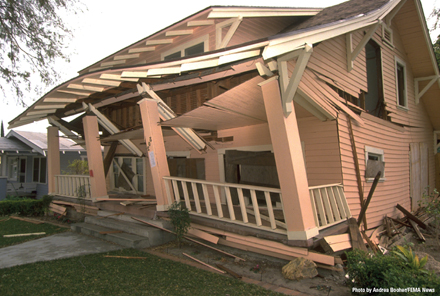
To combat the risks associated with the area, the North Shore Emergency Management Office (NSEMO) is planning to organize a Rapid Damage Assessment (RDA) program. NSEMO is a multi-municipality organization that is dedicated to creating “a disaster resilient North Shore”. They specialize in educating the public and private sectors regarding methods of disaster response. In addition to education, NSEMO also helps to plan, coordinate, and manage response efforts in the event of a natural disaster.
We will be working closely with NSEMO to aid in the development their RDA program. This program will be used to evaluate buildings after natural disasters, and will aid the general population in determining whether existing structures are safe to re-occupy or utilize. During the development of this program, we will be examining existing programs from the world, as well as NSEMO’s existing RDA training. Taking these factors into consideration, we will develop a strategy for the implementation of the program. This strategy will detail both how the program could be used, as well as how information could be collected, applied and shared.
Our team is composed of six UBC second year Civil engineering students; Christian Slotboom, Talen Springer, Vickramjit Poonia, Sarah Thompson, Erick Cheng, and Alexandr Shklyar. We have a collective interest in structural, geotechnical and transportation aspects of civil engineering. As a team we look forward to working with NSEMO, and contributing to communities of the North shore with our RDA program.
